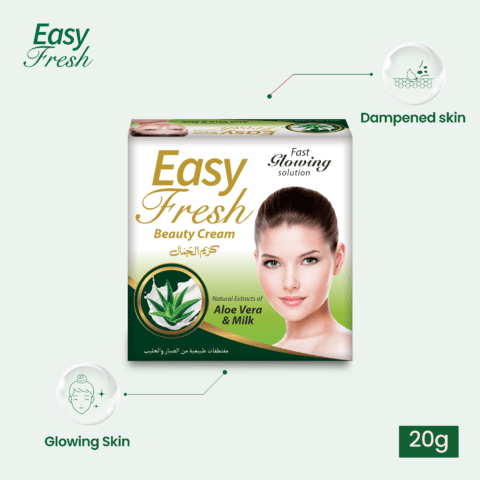In today’s world, where appearance holds significant value, many individuals seek ways to achieve a brighter and more even skin tone. Skin whitening has gained popularity as a means to address hyperpigmentation, dark spots, and uneven skin tone. However, with numerous methods available, it’s crucial to understand the different approaches and choose the right one that suits your needs. In this comprehensive guide, we will explore various skin whitening methods and help you make an informed decision.
What is Skin Whitening?
Before delving into the different methods, let’s understand what skin whitening entails. Skin whitening, also known as skin lightening or bleaching, refers to techniques aimed at reducing melanin production in the skin, which determines our skin color. The primary goal is to achieve a lighter complexion or address specific skin concerns such as discoloration or dark spots.
The Different Methods of Skin Whitening
1. Topical Creams and Lotions
One of the most common methods of skin whitening is the use of topical creams and lotions. These products usually contain ingredients like hydroquinone, kojic acid, or alpha-arbutin, which inhibit melanin production and help lighten the skin over time. It’s important to note that these products should be used as directed and under professional guidance to avoid potential side effects.
2. Chemical Peels
Chemical peels involve the application of a chemical solution to the skin, which exfoliates the outer layers, revealing a fresh and brighter complexion underneath. Chemical peels can effectively treat pigmentation issues, but they require professional expertise and a careful assessment of your skin type to ensure optimal results and minimize the risk of complications.
3. Laser Treatment
Laser treatment utilizes focused beams of light to target specific pigmented areas of the skin. This method is highly effective in treating deep-seated pigmentation concerns and achieving long-lasting results. However, laser treatments are typically more expensive than other options and may require multiple sessions to achieve the desired outcome.
4. Natural Remedies
Some individuals prefer natural remedies for skin whitening. Ingredients such as lemon juice, papaya extract, or aloe vera are believed to have skin-lightening properties. While natural remedies may offer some benefits, they are often less potent and require consistent, long-term use to see noticeable changes.
5. Dermatological Procedures
Certain dermatological procedures, such as microdermabrasion or dermabrasion, can also help in skin whitening. These procedures involve gently removing the outermost layer of skin, which encourages cell turnover and stimulates the growth of new, lighter skin cells. These treatments are typically performed by professionals and require careful consideration of your skin’s sensitivity and recovery process.
Choosing the Right Approach for You
Now that we have explored the different methods of skin whitening, it’s important to understand that what works for one person may not work for another. Here are some factors to consider when choosing the right approach for you:
- Skin Type: Different skin types react differently to various treatments. Consult with a dermatologist to determine your skin type and get personalized recommendations.
- Skin Concerns: Identify the specific skin concerns you want to address, such as hyperpigmentation, dark spots, or overall skin brightening. This will help guide you in selecting the most appropriate method.
- Budget: Consider your budget as some treatments, such as laser therapy, can be costly. Opt for options that align with your financial capabilities without compromising safety and effectiveness.
- Time Commitment: Different methods require varying durations of treatment and recovery. Assess your schedule and lifestyle to choose a method that fits your availability.
- Potential Side Effects: It’s crucial to be aware of the potential side effects associated with each method. Consult with a professional to understand the risks and make an informed decision.
- Professional Guidance: Seeking professional advice from a dermatologist or skincare specialist is highly recommended. They can assess your skin condition, understand your goals, and recommend the most suitable approach for you.
Conclusion
Skin whitening can be achieved through various methods, each with its own benefits and considerations. Understanding the different approaches, considering factors such as skin type, concerns, budget, and seeking professional guidance are crucial steps towards choosing the right method for you. Remember, achieving a brighter complexion should be done safely, prioritizing your skin’s health and well-being.



Leave a comment
Your email address will not be published. Required fields are marked *